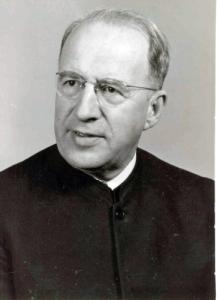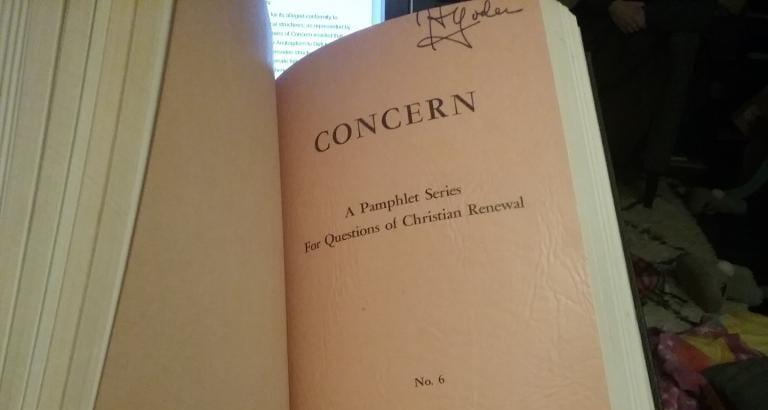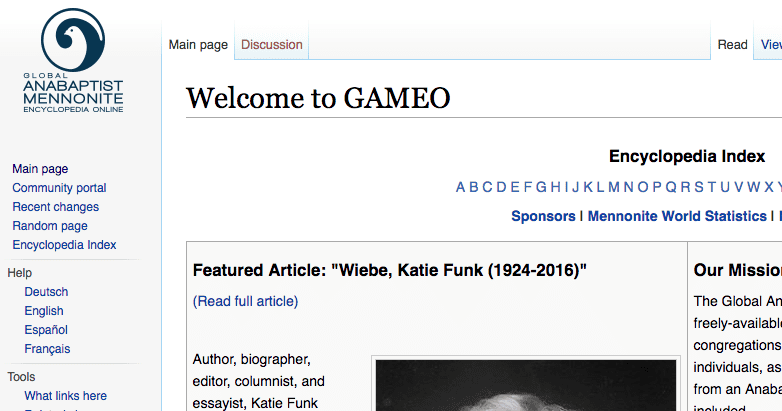“I’m not sure what ‘revisions’ means in the title. Is it an Anabaptist expression?”
So asked the Patheos director of content as we discussed this blog. He was concerned that people wouldn’t get the title. And he has a point.
As far as I know, revisions isn’t an Anabaptist expression. But vision is.

When Anabaptist-Mennonites hear the word vision, they are likely to think of historian Harold Bender’s 1944 essay, “The Anabaptist Vision.” This essay offers Bender’s vision for Anabaptism, which, according to Bender, includes three defining features: “first, a new conception of the essence of Christianity as discipleship; second, a new conception of the church as a brotherhood [sic]; and third, a new ethic of love and nonresistance.”
For the rest of the twentieth century, Bender’s vision became for many the essence of Anabaptism—especially for white, male, North American Anabaptist-Mennonite theologians and historians.
However, some of Bender’s students quickly realized a problem with his vision: it failed to match the reality of Mennonite experience—or better, Mennonite experience failed to live up to the Anabaptist vision.
In his 1969 essay, “Anabaptist Vision and Mennonite Reality,” Bender’s most famous student, John Howard Yoder (more on him in later posts), uses the Anabaptist vision “as a criterion” to assess “the recent history and present reality” of the Mennonite church. And, perhaps unsurprisingly, he finds Mennonite reality to be wanting.
In a 1995 essay, “Living Between the Times: ‘The Anabaptist Vision and Mennonite Reality’ Revisited,” Mennonite historian John D. Roth gives Mennonite reality its fair shake. Roth argues that Yoder’s assumptions “confuse ideas and abstract principles with the joyful messiness of lived experience.”
Indeed, the irony of Bender’s Anabaptist vision is that its modern-day expression tends to be somewhat disembodied. As Roth writes, its most ardent adherents, sometimes called neo-Anabaptists, are composed of those “who come to know [Mennonites] through the published works of our most prominent theologians but who are almost invariably disappointed when they encounter actual flesh-and-blood Mennonite congregations.”
I confess that in some ways I’m more of a neo-Anabaptist than a Mennonite. I pastor in a small evangelical denomination with only distant Mennonite roots and very little contemporary Mennonite expression (though I’m working on it). I came to the Anabaptist-Mennonite tradition by reading “the published works of our most prominent theologians,” including Yoder and Roth.
But unlike many neo-Anabaptists who hold up Bender’s vision as the definition of Anabaptism, I found myself drawn to the “actual flesh-and-blood Mennonite congregations” with all “the joyful messiness of lived experience.”
Thus, rather than holding an Anabaptist vision over and against Mennonite reality, I propose highlighting Mennonite reality in this blog and letting it provide revisions to and re-visions of Anabaptism.
Also, I’m an editor, so making revisions comes with the turf.













